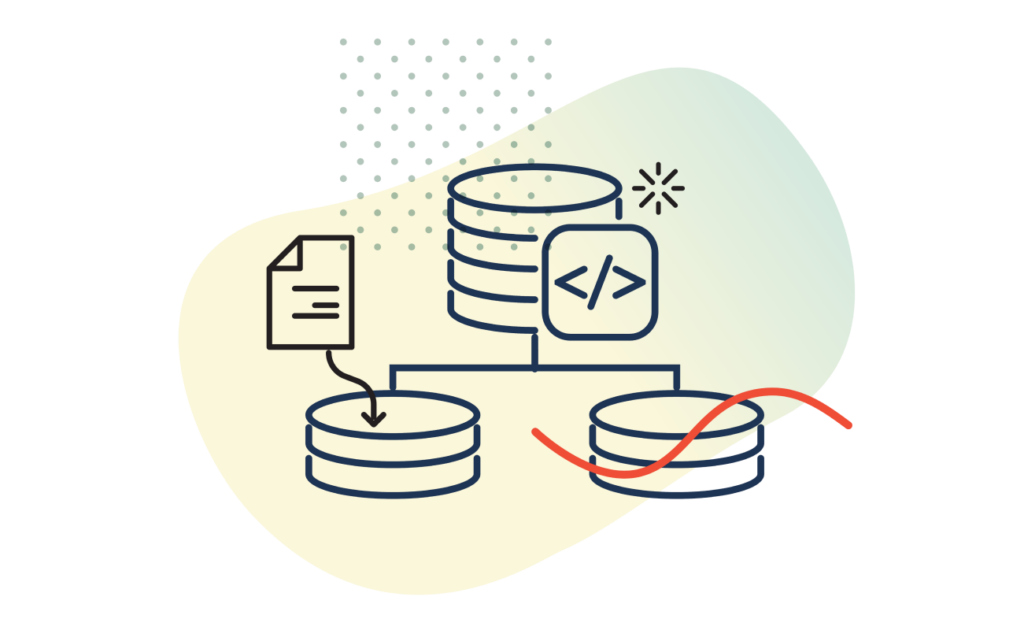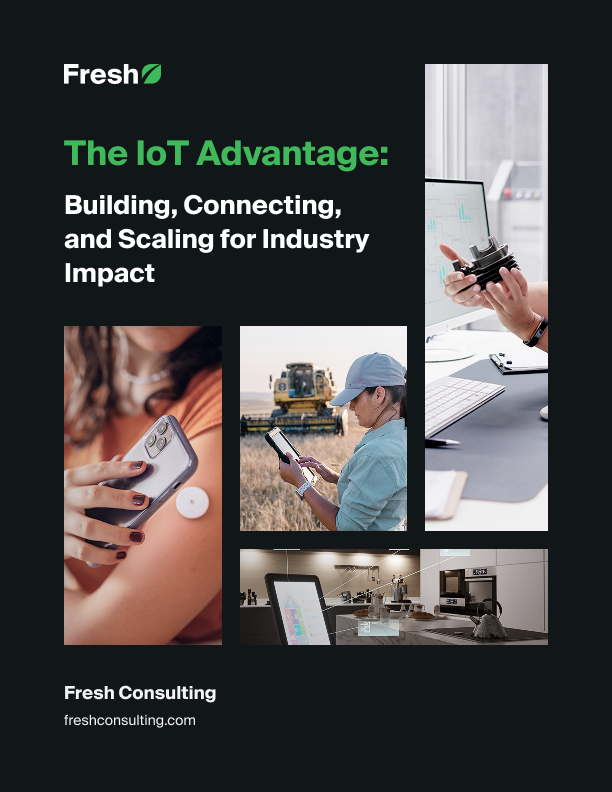Article
From Data Breaches to Misinformation: The Dual Threats of Generative AI

Generative AI tools have become integral to modern innovation, offering unprecedented capabilities in content creation and data analysis. However, their adoption introduces significant risks that organizations must address to safeguard sensitive information and maintain operational integrity.
Risks Associated with Data Inputs
When users input data into generative AI systems, there’s a potential for unintended exposure of sensitive information. Key concerns include:
- Unknown or Suspicious Applications: Utilizing unverified AI tools can lead to unauthorized access and misuse of data.
- Data Leakage: Improper handling of inputs may result in confidential information being inadvertently shared or stored insecurely.
- Personally Identifiable Information (PII): Entering PII without adequate safeguards can lead to privacy violations and regulatory non-compliance.
- Credentials Exposure: Sharing login details or passwords with AI tools poses significant security threats.
- Intellectual Property and Trade Secrets: Submitting proprietary information risks unauthorized dissemination and potential loss of competitive advantage.
- Regulatory Compliance (HIPAA/GDPR/PCI): Non-compliance with data protection regulations can result in legal penalties and reputational damage.
Risks Associated with Data Outputs
The outputs generated by AI systems can also present challenges, including:
- Hallucinations: AI models may produce content that appears plausible but is factually incorrect, leading to misinformation.
- Misinformation: Inaccurate outputs can spread false information, impacting decision-making processes.
- Copyright Violations: Generated content might inadvertently infringe on existing intellectual property rights.
- Outdated Data: AI systems trained on outdated information can provide obsolete insights, affecting relevance and accuracy.
- Misinterpretation: Users may misunderstand AI-generated content, leading to erroneous conclusions or actions.
- Training Data Bias: Biases present in training data can result in skewed outputs, perpetuating stereotypes or systemic issues.
- Security Exploits: Malicious actors might manipulate AI outputs to execute cyberattacks or exploit vulnerabilities.
Mitigation Strategies
To effectively manage these risks, organizations should:
- Implement Robust Data Governance: Establish clear policies for data input and output management to prevent unauthorized access and misuse.
- Conduct Regular Audits: Periodically review AI systems and their outputs to identify and rectify inaccuracies or biases.
- Provide User Training: Educate employees on the proper use of AI tools and the importance of safeguarding sensitive information.
- Utilize Trusted AI Platforms: Engage with reputable AI service providers that comply with industry standards and regulations.
- Monitor Regulatory Changes: Stay informed about evolving data protection laws to ensure ongoing compliance.
By proactively addressing these risks, organizations can harness the benefits of generative AI while minimizing potential threats to data security and integrity.
Final Thoughts
Leveraging emerging technologies like generative AI requires a balanced approach, ensuring innovation does not compromise data security. Engaging with experts can provide the necessary guidance to navigate these complexities effectively.
What measures has your organization implemented to mitigate the risks associated with generative AI?









